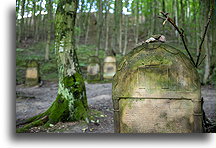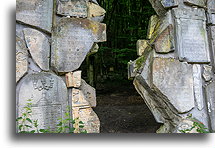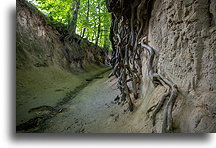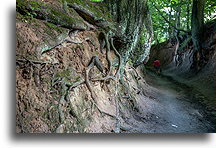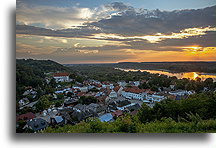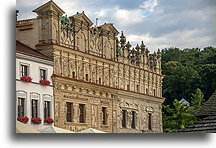
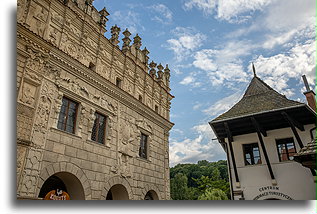
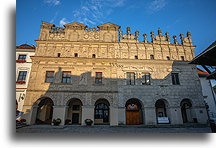
Kazimierz Dolny is a city that was based on trade. From the 14th century, the city had special rights. From here grain was taken along the Vistula River to Gdańsk. Polish kings granted the Jewish population of Kazimierz special privileges, what made the town to be attractive for them to settle. King John II Sobieski even exempted them from taxes. All this was to help develop trade in the interest of the Kingdom of Poland. The golden times of the city ended with the Swedish invasion in 1656. The Swedish Deluge brought the plunder of the city and its destruction in fire.
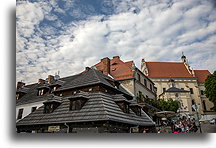
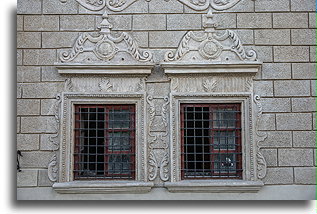
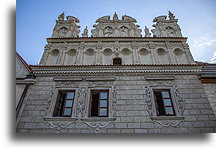
At the outbreak of World War II, Jews were about 40% of the Kazimierz population. Before they were transported to the ghetto and death camps, Nazi downgraded the Jews of Kazimierz to the status of slaves. They were forced to pave roads using tombstones, or matzevahs from the local cemetery. After the war, based on the destroyed tombstones, a monument called the Wailing Wall of Kazimierz was erected.
